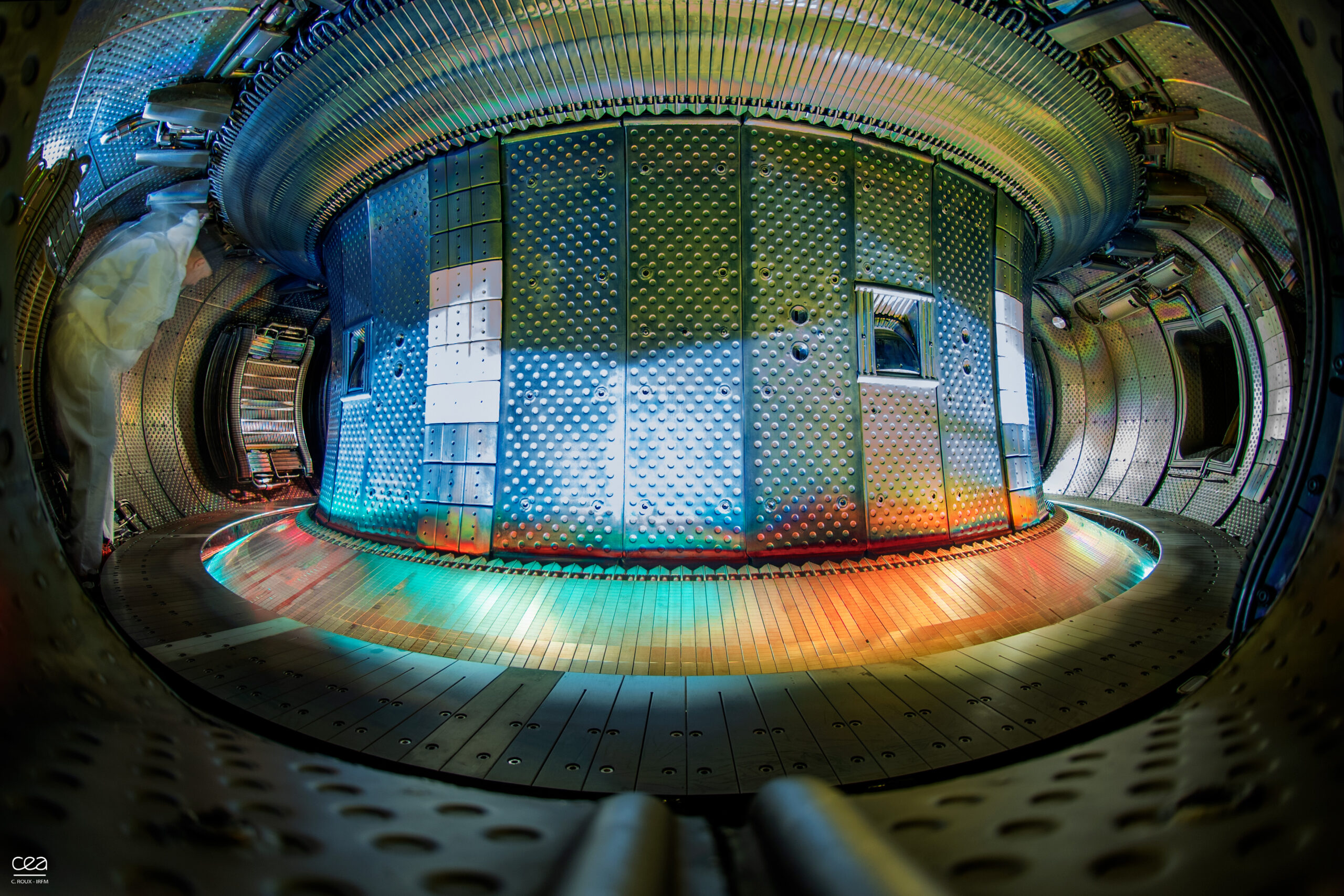
Concentrated solid solution alloys as candidate materials for fusion reactors
07-06-2024
The materials to be used in future fusion reactors and power plants must exhibit extraordinary resistance, so new candidates are constantly being sought for this purpose. Dr. inż. Damian Kalita from the NOMATEN Center of Excellence received funding under the SONATA programme of the National Science Center for the project „Concentrated solid solution alloys (CSAs) – a new insight into the development of radiation-resistant alloys for nuclear fusion applications”.
The rapidly increasing global demand for energy consumption requires the development of new advanced nuclear reactor technologies characterized by higher safety, better fuel efficiency, and lower long-term environmental effects. Nowadays, the efforts are mainly focused on developing Generation IV (Gen-IV) fission reactors, but extensive works are also conducted in the field of future fusion reactors. This technology utilizes the fusion reaction of two light atoms into one heavier, e.g., two hydrogen atoms may fuse to form one helium atom. The same process powers the sun and creates large amounts of energy – several times greater than the fission reaction of Uranium-235 used in the operated nuclear reactors, simultaneously without the formation of any radioactive products. The upcoming fusion systems could provide more reliable and economical nuclear energy, but their efficiency will greatly rely on the performance of the structural materials. The key components of the fusion reactors will be exposed to unprecedented conditions, i.e., high operating temperature, large heat loads, and significant radiation damage caused by high-energy neutrons and α-particles. Unfortunately, the materials currently used in operating fission reactors have not been designed to withstand such extreme conditions.
The project aims the development of new radiation-resistant structural materials that will be capable of operating in a harsh nuclear fusion environment. One of the most promising candidates for this application are state-of-art concentrated solid solution alloys (CSAs). In contrast to the traditional alloys such as steels containing one major element (Fe) and few minor ones (e.g. Cr, Ni, Mo), the CSAs contain a few elements (typically 2–5) in (near)equimolar ratio, that form single solid solution systems. The random distribution of different-size atoms in the crystal structure of CSAs creates severe lattice distortions, which macroscopically results in unique properties of these materials, such as high strength, creep resistance, or excellent corrosion resistance. Recent studies showed that also the radiation resistance of those materials is superior in comparison to pure elements or their conventional counterparts. However, the origin of this phenomenon remains unknown. Taking this into consideration, the main aim of the proposed project is to understand the mechanism of radiation-induced damage accumulation in the new group of refractory CSAs, dedicated to the nuclear industry.
For this purpose, three different refractory CSAs varied in chemical composition have been designed. The materials will be investigated after the ion-irradiation that may be used to simulate the structural damages that are expected for the materials operated in the environment of the fusion reactor. The multiscale microstructural investigations will be performed in order to understand the formation and evolution of the structural defects that appeared during the irradiation and how they affect the mechanical properties of those materials. The analysis will be conducted using the most powerful experimental techniques such as scanning and transmission electron microscopy (SEM, TEM) for the microstructural analysis, and nanoindentation for mechanical testing. Based on the obtained experimental data, the most promising alloy will be selected and then fabricated in the bulk form for further studies, including high-temperature phase stability, high-temperature mechanical properties, and the irradiation resistance within the temperature range expected for the materials working inside the fusion reactor.
"I believe that these set of experiments will contribute to an understanding of the performance of refractory CSAs in the fusion environment" – said dr Kalita. Additionally, the fundamental knowledge of the elementary processes that take place in the structure of these materials during the interaction with high-energy ions will allow to understand the root of their irradiation resistance and how the properties of these materials may be adjusted to the requirements of future nuclear reactors. It seems especially important nowadays in the energetic global crisis and shifting towards zero-emission clean energy sources.
Congratulations and we are waiting for groundbreaking research results.




